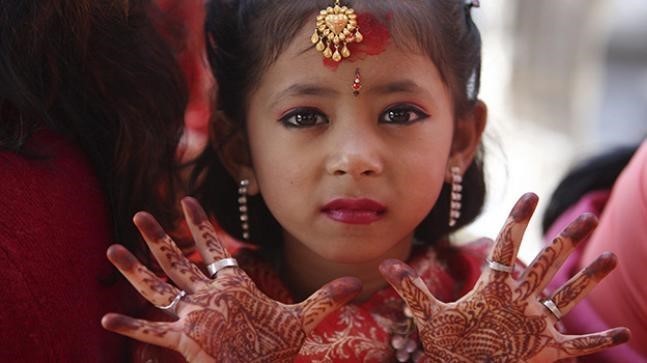In 2020, Pakistan was ranked 151st out of 153 countries on the Global Gender Gap Index Report, published by the World Economic Forum (WEF).
This report, which is compiled by comprehensively examining different areas of society probably does not come as a surprise to most living in Pakistan.
Women issues in Pakistan have been a source of headlines globally, and locally- in early 2020, attacks on the Aurat March, a march held across Pakistan annually to celebrate International Women’s Day, the brutal murder of Zohra Shah, and reports on young girls forcibly being converted to Islam and married to men much older than them.
The current pandemic has laid bare the fact that it disproportionately affects women and girls, leaving them particularly vulnerable – one such issue that requires our attention is that of child marriage – reports from the World Economic Forum warn that Coronavirus could put an extra 4 million girls at risk of early and forced marriage.
The Issue
Despite recent reports by the World Economic Forum, child marriage is not a novel or recent issue, it has remained a widespread practice across Pakistan and is deeply rooted in our tradition, culture and customary practices.
According to a Demographic & Health Survey (2012-13) in Pakistan, one in every three girls, is married before reaching the age of 18. Exploring Pakistan’s issue of child marriage exposes entrenched attitudes & beliefs that further contribute to its growing gender gap.
However, to understand the deeply rooted practice of child marriage, one must explore the factors that are connected with it.
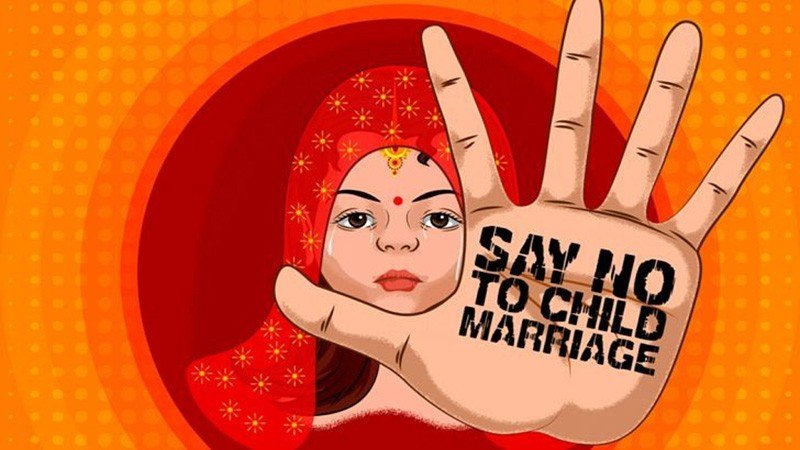
The causes of this issue can be understood by exploring its trends – girls are more likely to be married early if they live in rural areas and are from poorer socio-economic groups. Child marriage has also been associated with lower education attainment and a lower likelihood of literacy.
Understanding these trends and the complex factors that perpetuate child marriage, are essential to put an end to the deep rooted plague.
Consequences
However, the reality is that it is not enough to understand the factors that drive child marriage. The consequences of child marriage are far damaging and widely spread.
The practice has been linked to a number of health risks- higher fertility, and lower educational attainment among other issues. For the child itself, this practice has damaging consequences leading to higher physical and mental health risks.
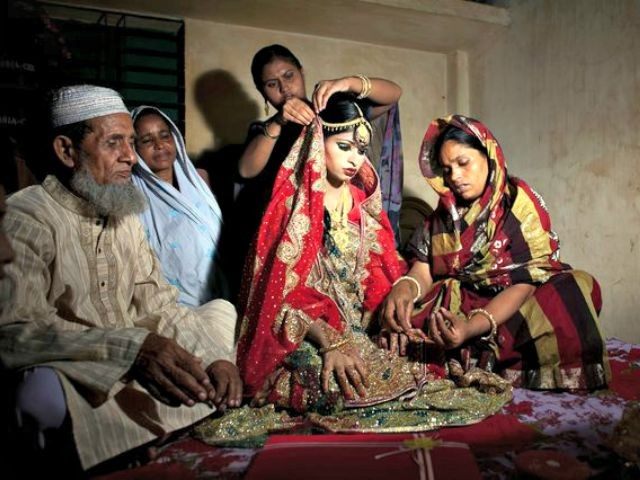
The trend of child marriages has also been a major cause of perpetuating girls’ illiteracy and lower levels of education, preventing girls from achieving economic independence and resulting in girls & women being stuck in concurrent cycles of poverty, and dependence further hampering efforts of limiting child marriages.
It is, therefore clear that the negative impact of child marriages is the reason why ‘child marriage elimination’ has been made part of the new Sustainable Development Goal.
What has been done?
Child marriages form a particularly damaging development issue in Pakistan, and it leads us to wonder how this practice is enabled and allowed under the law. In reality, however, child marriage in Pakistan is legally prohibited under the Child Marriage Restraint Act 1929 which limits the minimum age to 16 for females, and 18 for males.
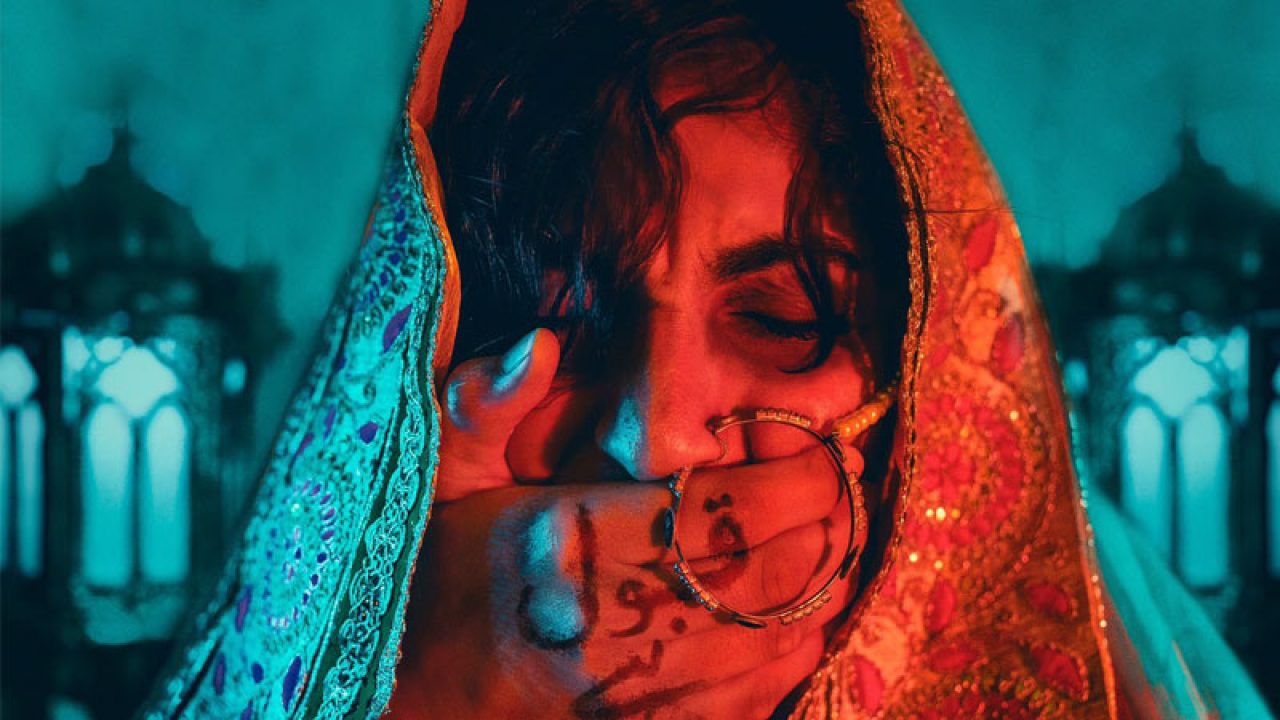
Recently, under a new bill passed, the minimum age for females was increased to 18. The limited punishment and lack of reporting has been largely responsible for the continued trend of child marriages all across Pakistan.
In recent years, NGOs across the globe have increasingly paid attention to the child marriage issue and have been working on politically empowering young girls, and creating awareness around this cause.
However, there is still a limited impact of these actions and we, and a long road to curbing this social plague.
In The Present
With the current pandemic leaving young girls vulnerable with limited educational opportunities & rising poverty, there is increasing risk of young girls being forcibly married.
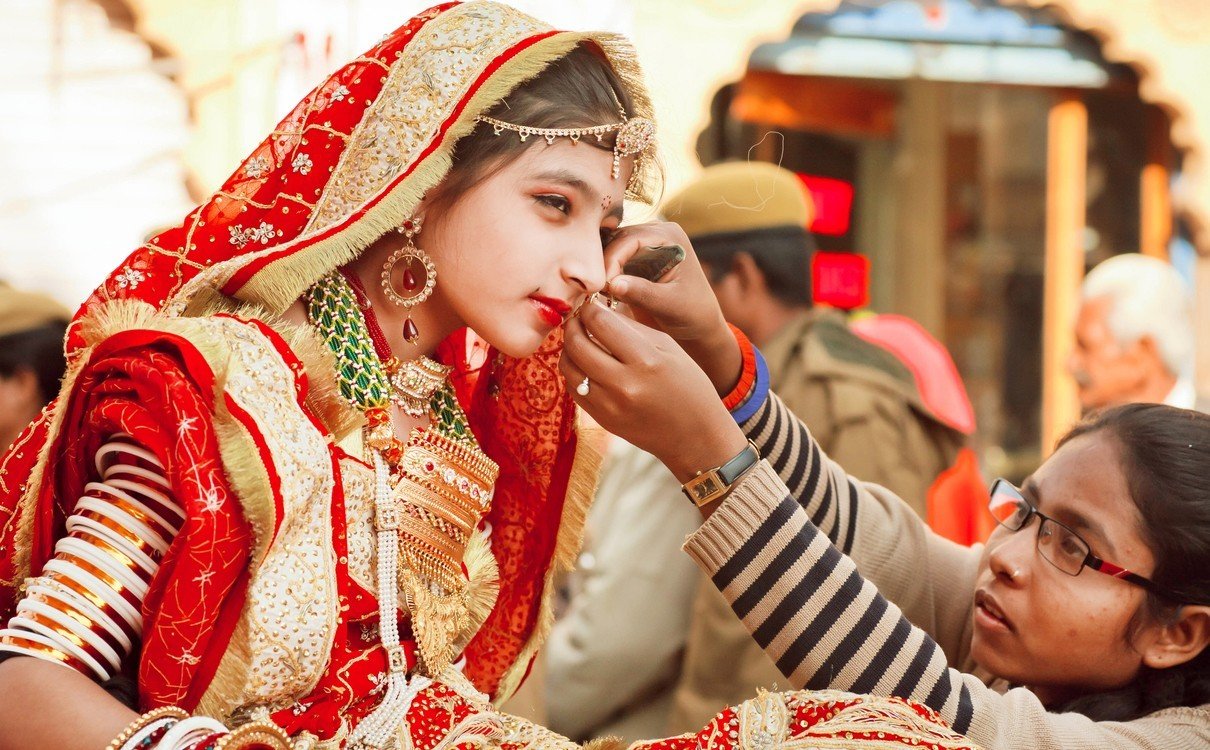
As a nation, the fate of these young girls and children lies in our hands, we must take responsibility, create awareness and not turn a blind eye to the ills of our society for it is when we take collective action do these young girls have a chance to have an independent & safe future.
Written by Guest Author- Rati Aftab
What are your views about this article? Share your thoughts in comments below.
Stay tuned for more interesting articles and updates!
